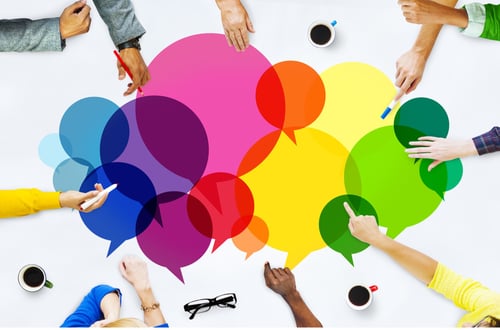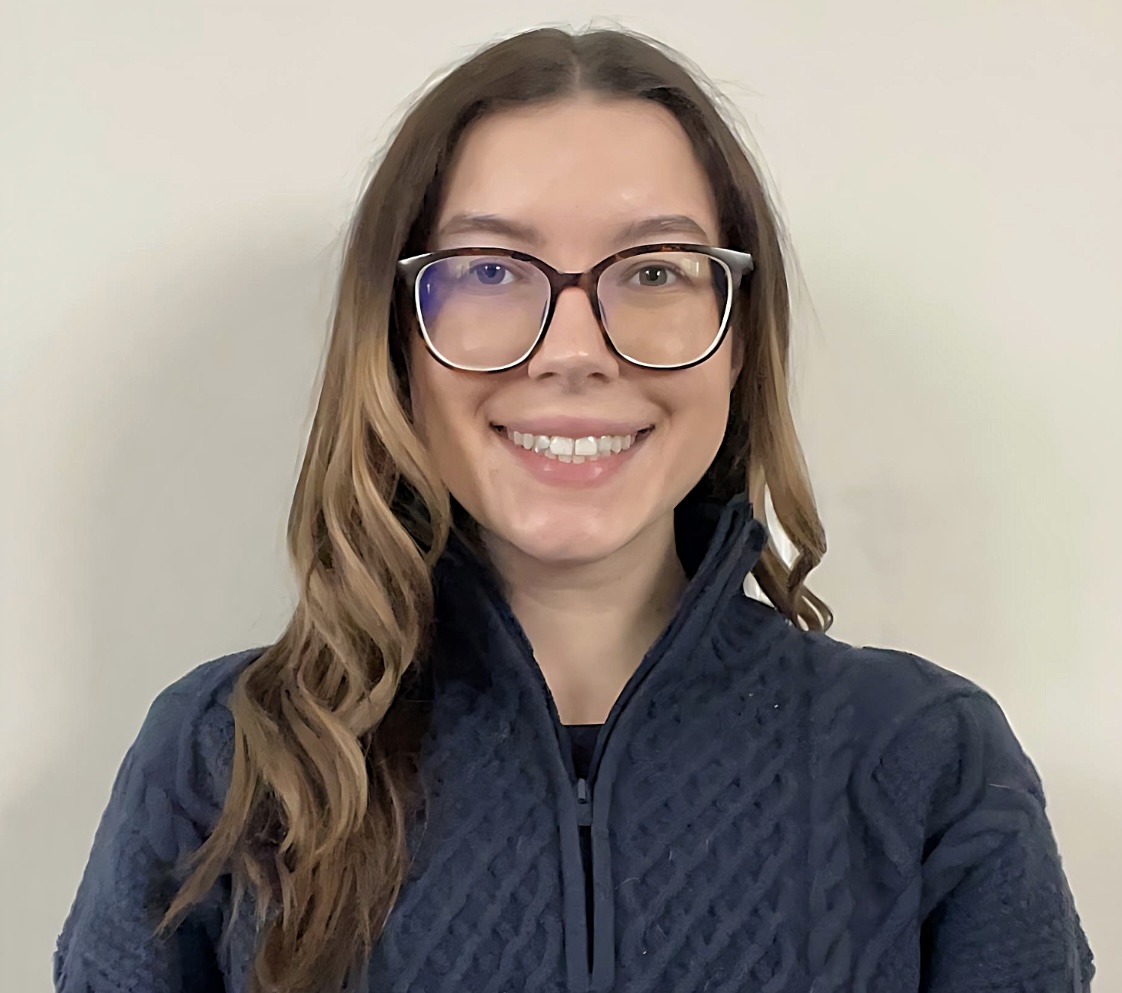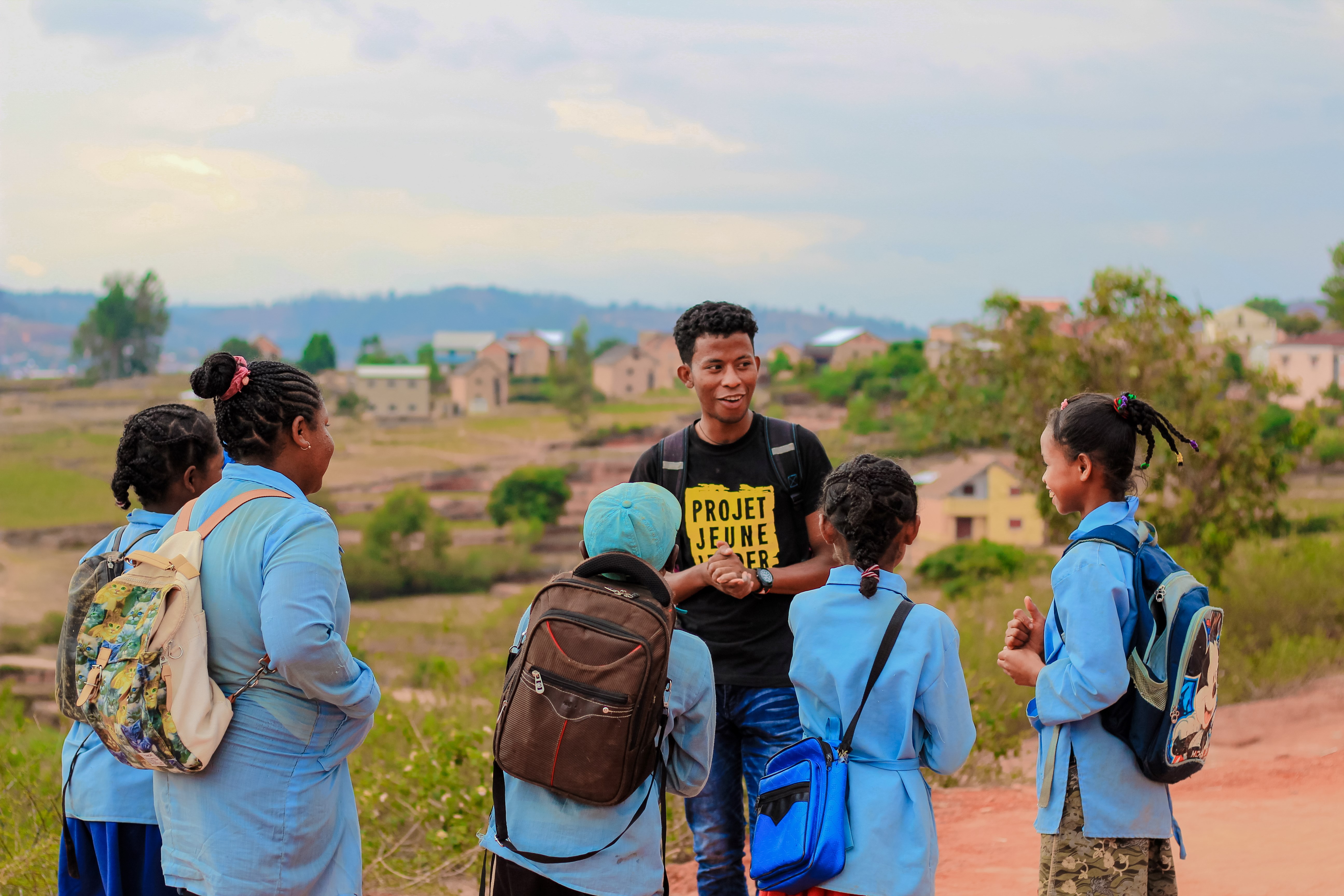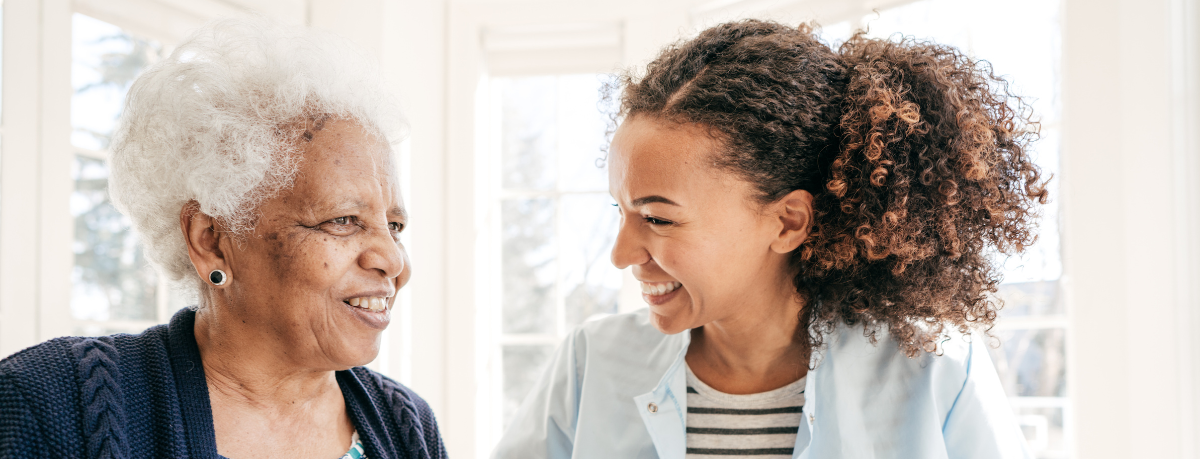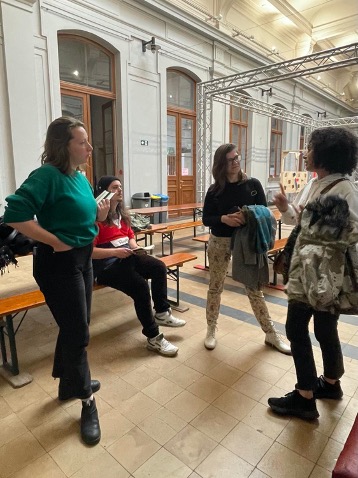This resource is also available in French. Click here to access the French version.
Understanding your competencies and transferable skill set is pivotal when assessing job opportunities and organizational roles. The Brock University core competencies give individuals a better understanding of the strengths they possess while outlining what could be improved upon. Within my placement, I feel I developed my communication skills the most. Below I outline how I fostered verbal and nonverbal communication, listening, and empathizing skills-- all essential to communication.
Brock Core Competency - Communication
As part of this course, I was challenged to reflect on Brock University's Core Competencies and chose one that best aligned with my placement experience. Throughout the duration of my placement, I saw notable changes in the way I effectively communicate. Modelling Borton's (1970) model of reflection, I discuss why communication is an important skill to develop, as well as how I plan to further advance my skills in this area in my future career, as an educator. Specifically, effective communication contributes to the development of student-teacher relationships and is often required when speaking with parents and co-workers.
Verbal and Non-Verbal Communication
During my placement, I worked one-on-one with an English Language Learner (ELL) to help him develop oral communication skills using the English language. I also assisted with the comprehension and interpretation of content for math and science. While working with an ELL student, I had to think creatively about ways to explain topics and vocabulary that would benefit the student's learning. Due to the language barrier, I often used non-verbal forms of communication to explain an idea in detail. Throughout the duration of the term, I began to learn what methods worked for the student and used that to my advantage.
One strategy I used was creating illustrations. Drawing was an effective medium for me to connect with the ELL student as he was able to identify the contents of an image and put it into his own words. Utilizing this method was a great way for him to express his thoughts and understanding of a topic on paper, while also giving me the chance to observe the way he communicates. Additionally, I made real-world connections to student interests, like sports. For example, when discussing numbers during math, I used football to demonstrate the point system of a touchdown (6 points, 7 with the field goal). I noticed when using these tools, the student was more engaged and showed an increased level of understanding of that topic. The skill of communication is crucial in education as learning is diverse, and each student will understand concepts differently. The capacity to use verbal and non-verbal communication to enrich the experience of students is essential to ensure a successful learning environment. To advance my knowledge of communication, I will continue to look for different tools to enhance my skills in this area through courses and workshops.
Listening
Listening is an integral part of both everyday life and within the confines of a workplace. Although prior to my placement, I would have considered myself a good listener, I now consider myself a GREAT listener. My listening skills were put to the test when working with my ELL student as that was the main component of our dynamic; to listen, comprehend, and restate. My listening skills were further developed through eye contact, clarifying, and focusing on the intent of the conversation. Naturally, non-verbal cues and listening go hand-in-hand as a large part of listening includes being mindful of non-verbal cues, such as body language. I was aware of this when communicating with the ELL student. Often, I would explain a topic and pay attention to the student’s body language or facial expressions. Most of the time I was able to tell if the student did not understand the content of the message as he would have a confused facial expression or would start shrugging his shoulders. These cues told me that I needed to pause, rethink, and restate what it is I am trying to explain.
Another crucial part of listening is eye contact. With this student, I noticed I kept eye contact more regularly as I wanted him to know I was actively listening and trying to understand, just as he was trying to understand me. Listening is important in education as it is a sign of respect and mutual understanding. As a result of active listening, teachers experience more student contributions and valuable conversations both in and outside of the classroom. I will continue to be an active listener and encourage active listening by my students through a think, pair, and share model which will encourage participation and socialization.

Empathizing
The final skill I developed within communication is empathizing. When working with an ELL student it is important to remain non-judgmental as trying to communicate in a language they are not familiar with can become frustrating. In life, and in education, I will come across many unique individuals that are in need of empathy and understanding. Some examples include if a student doesn’t understand an assignment or if they are having problems with their friend groups. These are all situations that are likely to happen while being a teacher, therefore being empathetic to their feelings and needs and then reaching a solution will further build teacher-student relationships on the basis of listening. Moving forward, I will try to empathize with individuals and keep an open mind to all possibilities while communicating.
To summarize, while completing my placement at DSBN Academy, I was enriched with knowledge and experience that aided in communication growth and development. I learned new tactics of communication through verbal and non-verbal communication, listening, and empathizing. This experience has prepared me for my future as an educator as I witnessed firsthand the benefit of communication, and the pivotal role this plays in a classroom setting. Throughout this placement, I've been able to reflect on my personal skills in the workplace and ultimately improve my communication skills both in my personal and professional life.
